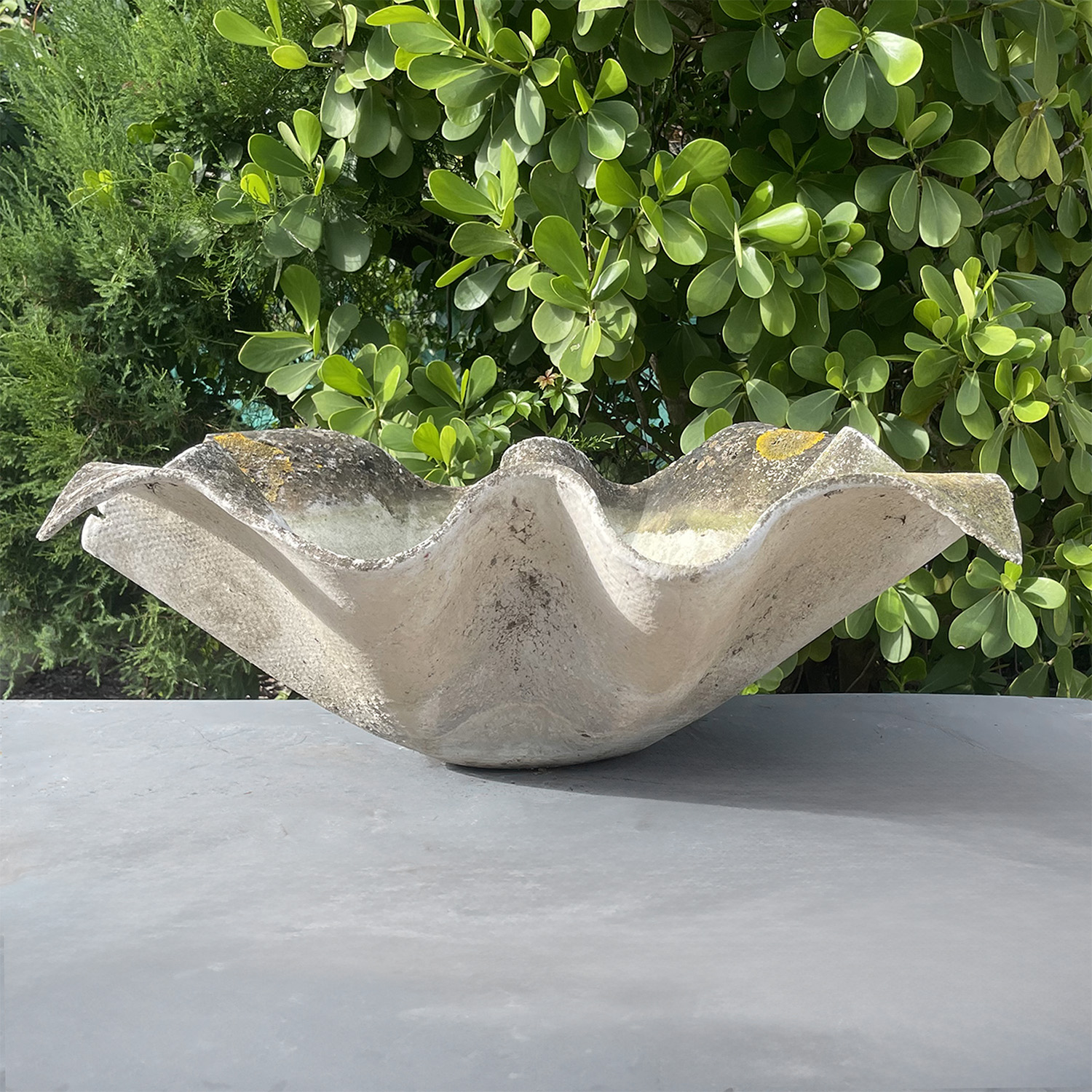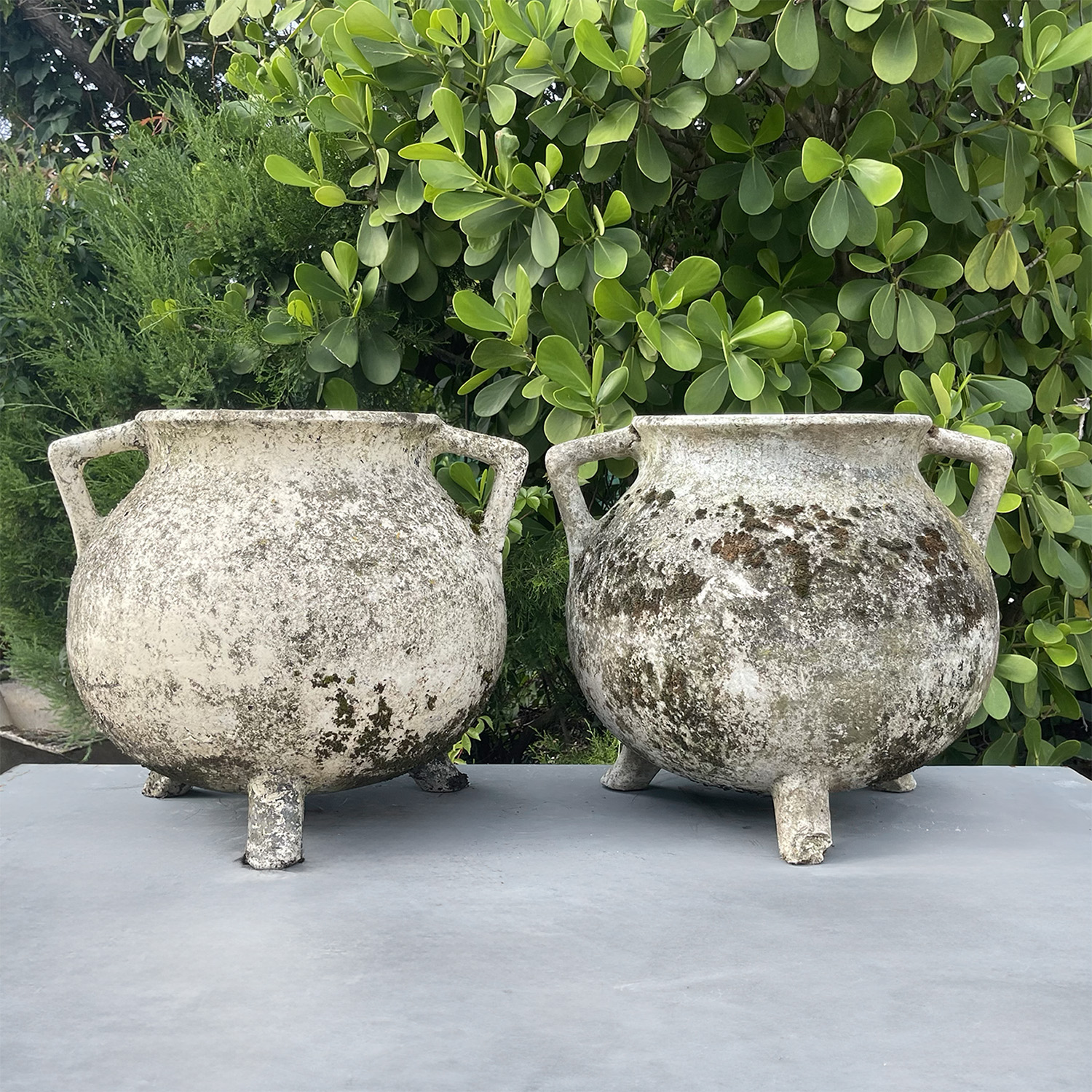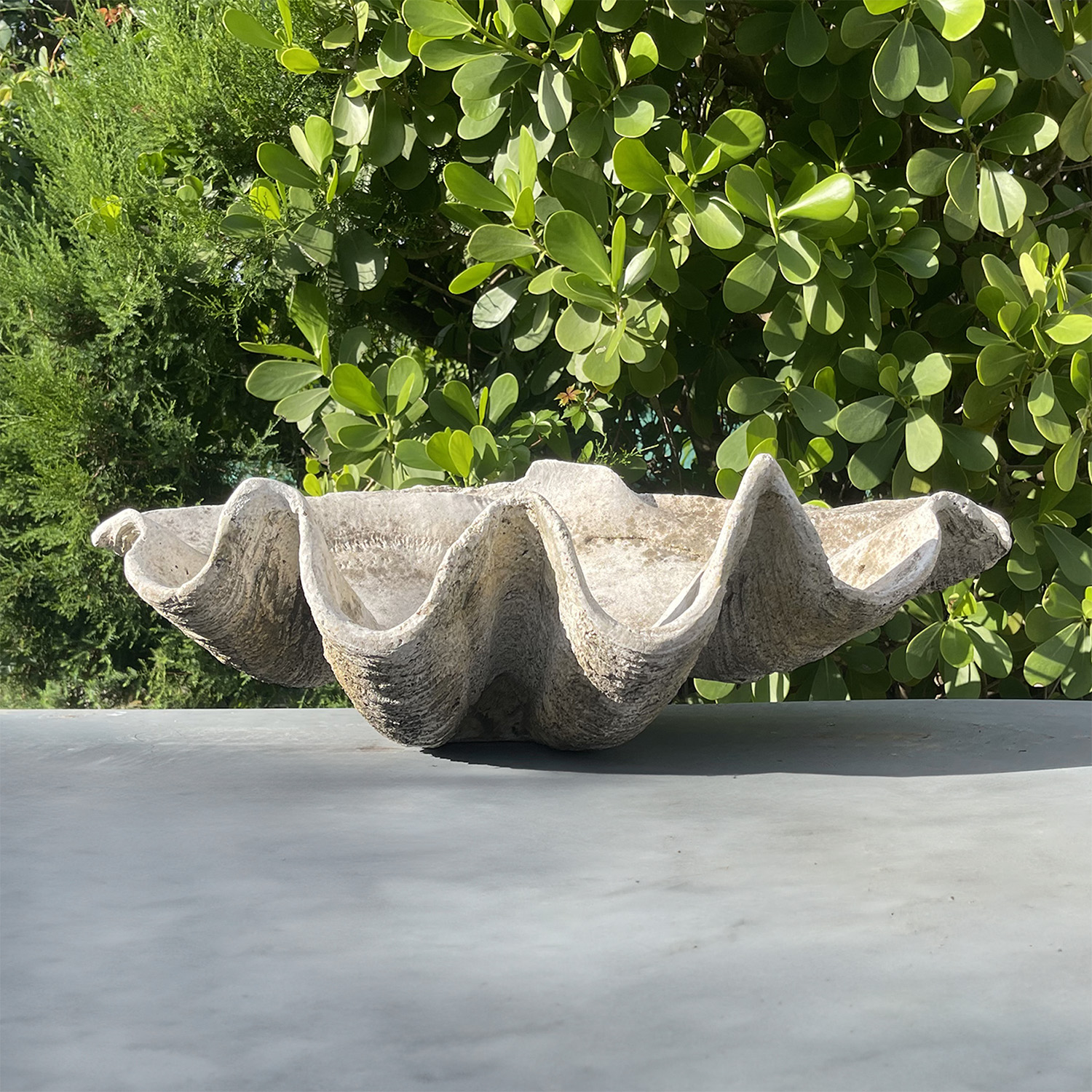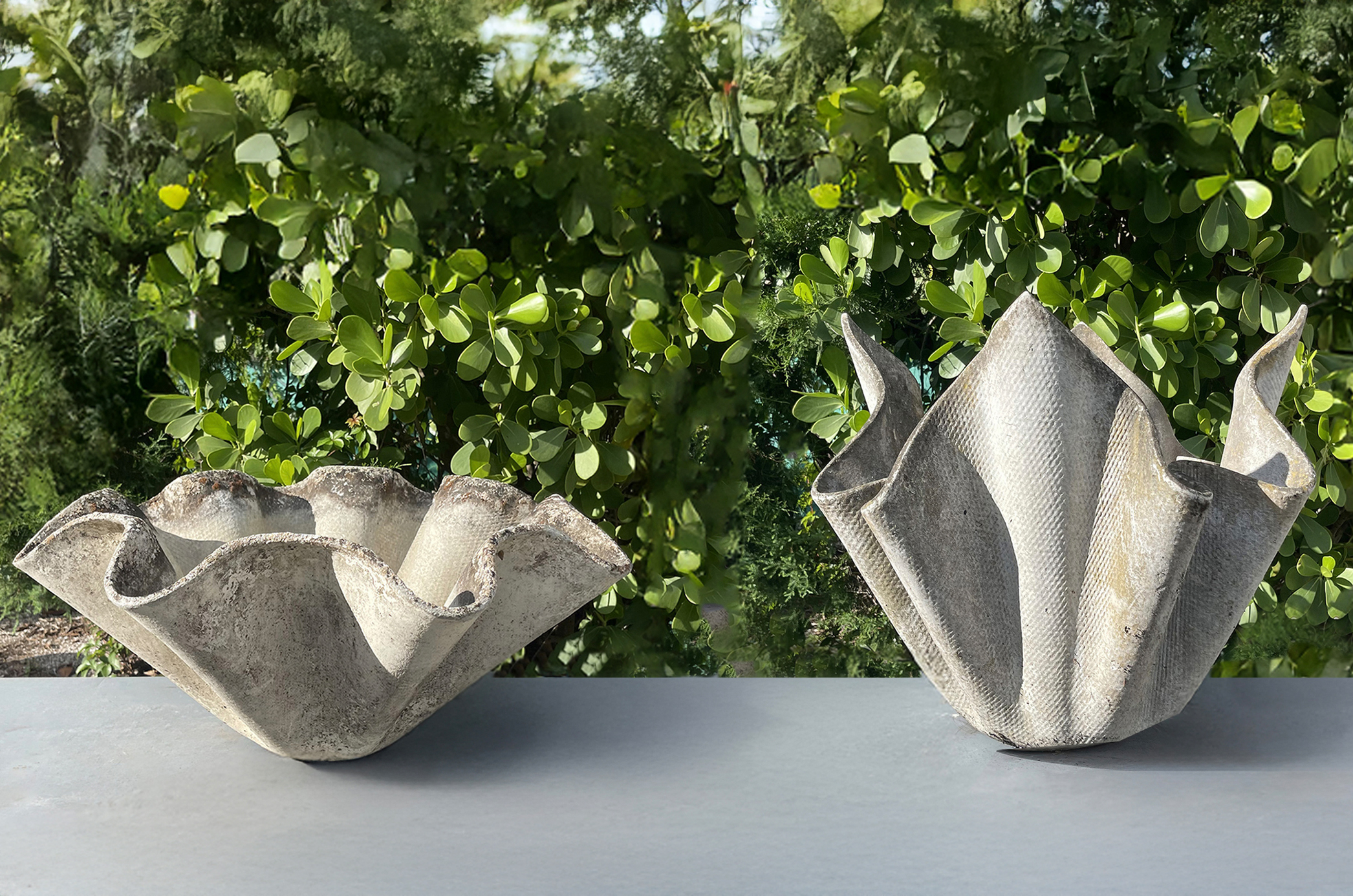
Willy Guhl
June 18, 2025
THE FUNCTIONAL POETRY OF FORM
Few designers have left behind a body of work that feels both rigorously functional and quietly subversive. Willy Guhl did just that. A trained cabinetmaker turned industrial designer, Guhl was a pioneer of modern design in Switzerland—an innovator who brought fresh thinking to the simplest forms. Across furniture, lighting, and outdoor pieces, his signature was always the same: a deep curiosity for material, and an ability to solve problems with uncommon elegance.
Born in 1915, Guhl came of age during the rise of European modernism, but he never confined himself to one movement or style. Instead, he developed a language of form that was practical yet inventive. He became a key educator at the Zurich School of Arts and Crafts, where he shaped a generation of Swiss designers. And while he created a number of notable works across disciplines, it was his use of Eternit—a durable fiber cement—that brought him lasting recognition.



Guhl’s Loop Chair (1954) is a celebrated example: a single band of curved Eternit, forming a seat with a structural lightness that belied its material strength. It was clever, economical, and surprisingly comfortable. But perhaps nowhere did Guhl’s talent for visual economy and functional charm come together more seamlessly than in his planter designs.
Made throughout the 1950s and ‘60s, his Eternit planters were a revelation. They took a material developed for roofing and construction, and reimagined it for the garden—not as an afterthought, but as a central design element. The most iconic of these forms, the so-called Diabolo or Handkerchief Planter, resembles a sculpted hourglass. Its cleverness lies in the way it plays with weight and volume: stable at the base, generous at the top, and surprisingly easy to move and position.
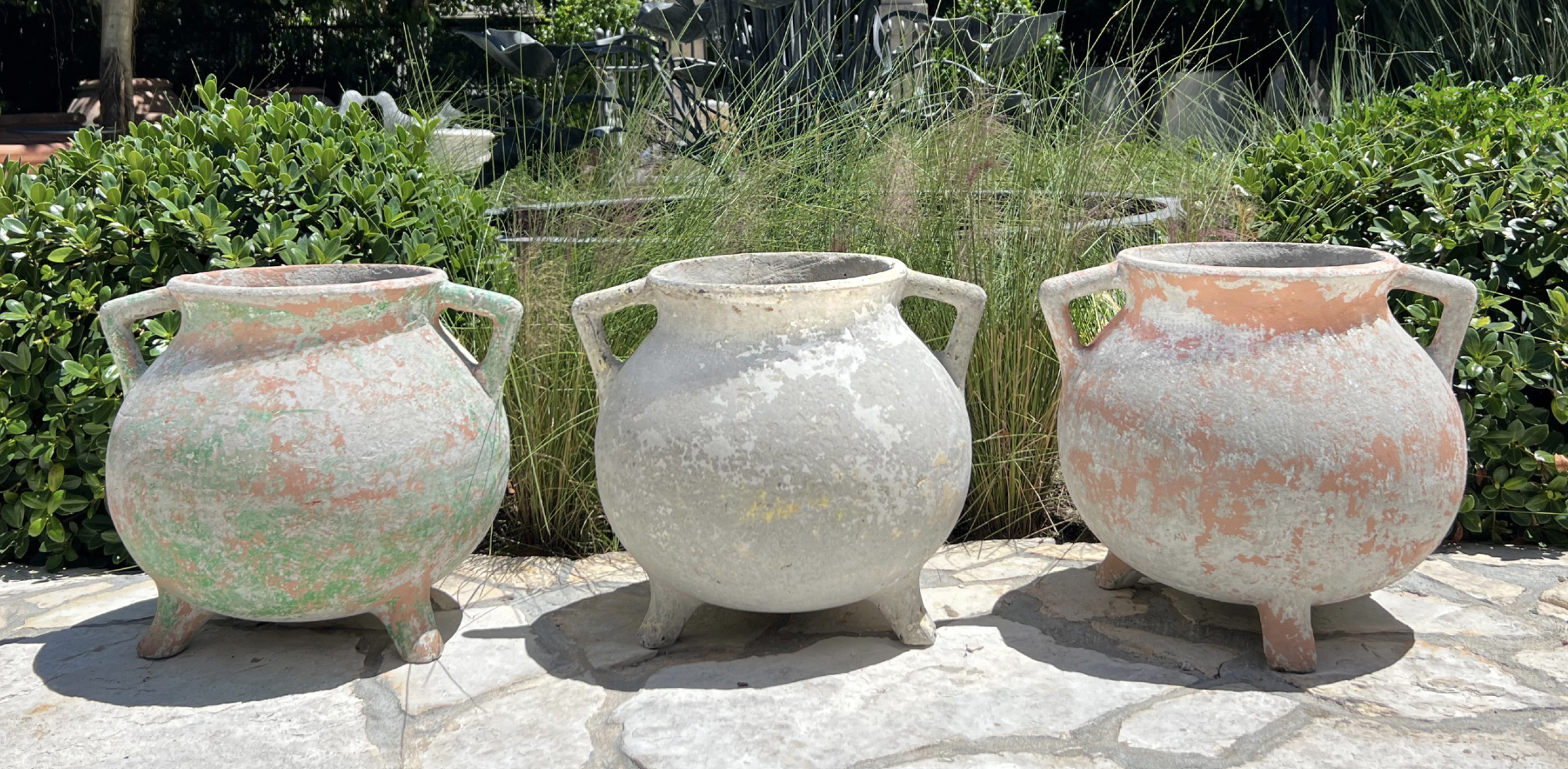
Over the decades, these planters have become beloved by landscape architects and interior designers alike. Their appeal lies in their sculptural form, but also in their intelligence. The shallow bowls, tapered troughs, and conical pots all reflect Guhl’s problem-solving mind: they are lightweight, modular, and built to endure the elements without fuss. He didn’t over-design—he designed just enough, and always with intention.
Authentic Provence is proud to offer a curated selection of original Willy Guhl planters—each one a piece of design history. With age, these vessels develop a beautifully mottled surface, blending naturally into their surroundings while retaining their sculptural presence. They’re not just containers. They’re quiet feats of design engineering—clever, useful, and forever modern.
VIEW OUR ENTIRE COLLECTION OF WILLY GUHL PLANTERS
